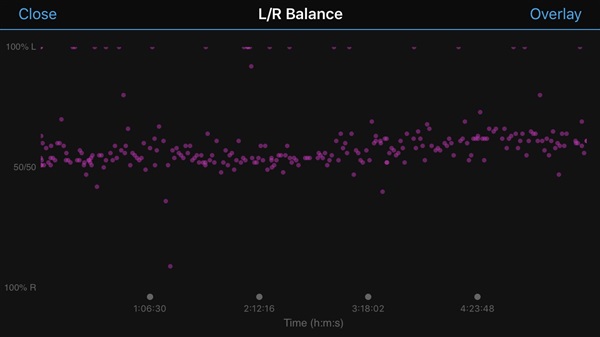I’ve not been torquing up these pedals too tightly as I thought we were over all that now. I knew it was a pre-requisite for v1 and v2 which I’ve basically treated as unmovable I.e once on a bike they stay.
I thought the v3s were easily movable between bikes and should be fitted same as normal pedals.
Are you saying they require a bedding in process when fitted? And until that happens you run the risk of bad data? Sort of defeats the purpose of using a powermeter that is sold as being easily moved between bikes. Never had issues like this with P1s although (ended up with other issues though).
I also have problems with L/R balance, and for me the issue is consistent between bikes. My most recent ride (176km) shows 57-43 L/R balance, which I believe is too much to be correct. The same happened on the other bike I had the pedals on, with ranges from 60-40 to 56-44 on long rides.
This is my second pair of Vector 3 pedals. With the fist one I had something like 52-48, which is more likely. Also if you look at the L/R balance chart, there are multiple readings when the right pedal just does not transmit data (L/R balance of 100-0).
Could anyone from Garmin take a look at the ride and help me diagnose this issue?
connect.garmin.com/.../3663214139

Data looks a lot better now that I've calibrated after riding it for a bit and not directly after fitting the pedals. Got long dropout, ~1 minute, 2 minutes into first ride after calibrating pedals but nothing since. Getting a lot of right pedal missing messages that I wasn't getting before. Still on first set of batteries so hopefully I won't have the same issues I had with my last set of pedals when I replaced the batteries for the first time.
I get this exact thing. Right pedal seems to drop through the ride and left shows 100% then left/right data gets messed up because of it.